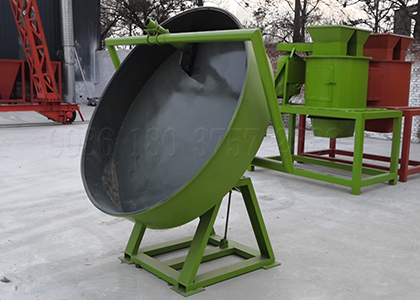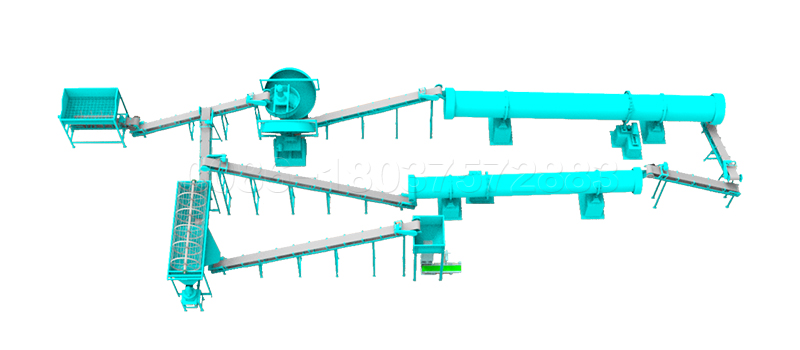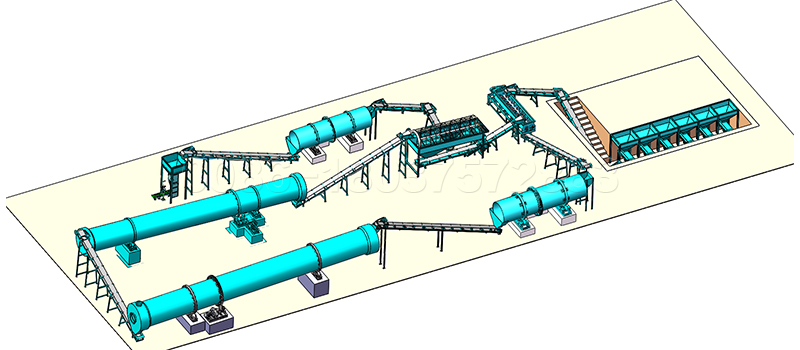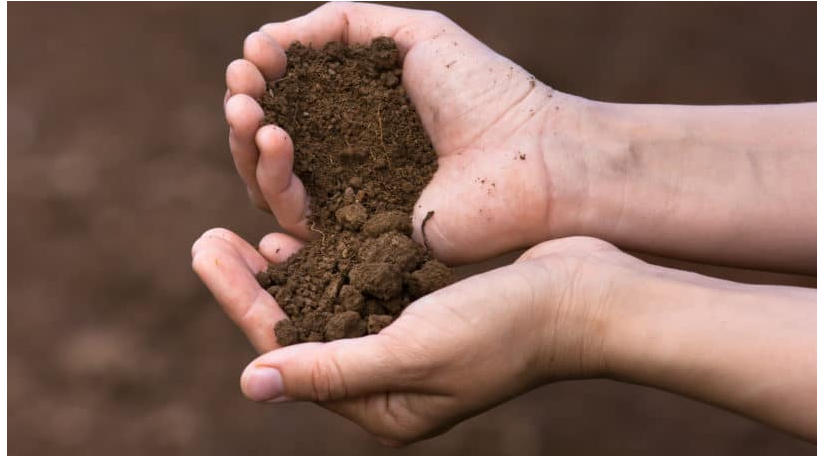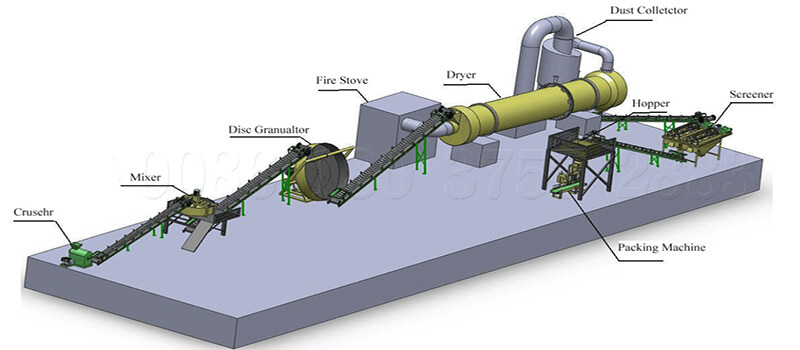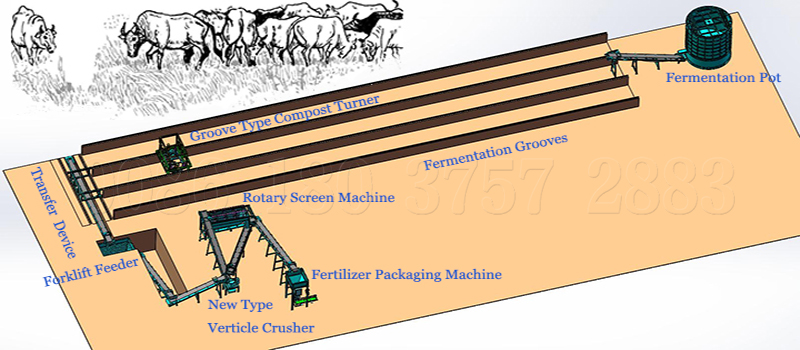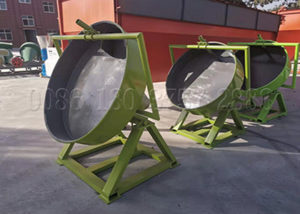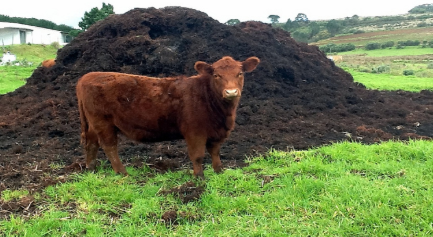Coated urea is a modified urea. So, why should urea be applied in the process of compound fertilizer production lines? There are two reasons:
1. Urea is a nitrogen fertilizer variety with the highest nitrogen content (n = 46%). In recent years, the actual effect of fertilization shows that urea is a kind of fertilizer with low utilization rate. Due to the large amount and low utilization rate of urea, the nitrogen loss caused by urea and the negative impact on the atmosphere and water environment are also large.
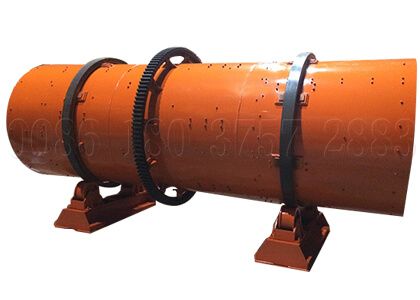
2. The reason for the low utilization rate of urea in agriculture is determined by the weak agricultural chemical properties of urea. The agrochemical properties of urea in soil are similar to that of ammonium bicarbonate. Soil cannot be absorbed and stored until it is absorbed and stored. At the same time of ammoniation, soil alkalization in micro area was also accompanied, which led to the increase of ammonia volatilization. The nitrogen content of urea is higher than that of ammonium bicarbonate, so the total volatile content of urea is higher than that of ammonium bicarbonate.
Material composition and processing technology of urea coating solution
The coating solution is a jelly composed of organic and inorganic substances. In addition to organic substances such as formic acid, a little salt forms of potassium (k), magnesium (mg), manganese (MN) and zinc (Zn) are added. Iron (FE), iron (b) and other nutrients. The coating solution is yellowish green with specific gravity of 1.17 ~ 1.18 and pH of 3 ~ 4.
Coating urea processing technology
Urea coating process is to use the coating solution and urea particle surface has a certain affinity, a small amount of solution evenly sprayed on the urea surface, and a small amount of penetration into the urea particles, the amount of coating solution per kg of urea is only 6-10 kg. With the help of hot drying and curing of urea, the coating solution can form a very thin film on the surface of urea particles after dry solid oxidation, which can be processed at one time.
We not only provide equipment related to urea coating production process, but also fertilizer granulator, NPK fertilizer granulator, extrusion granulator, rotary granulator, flat die granulator, organic fertilizer granulator, disc granulator, etc. Details go here.


